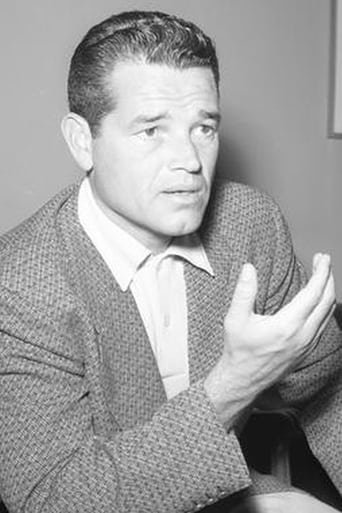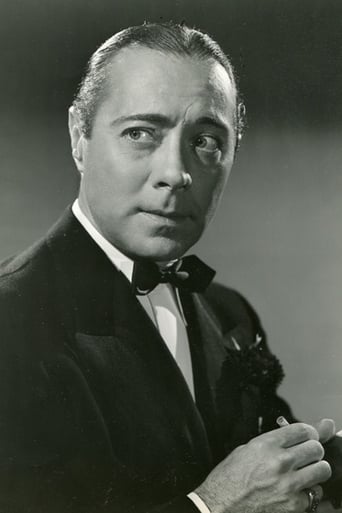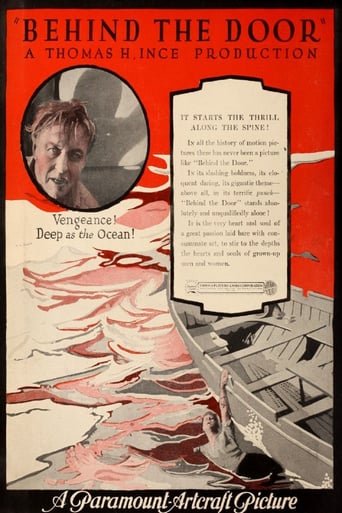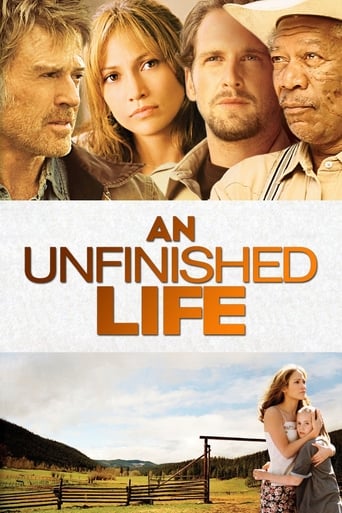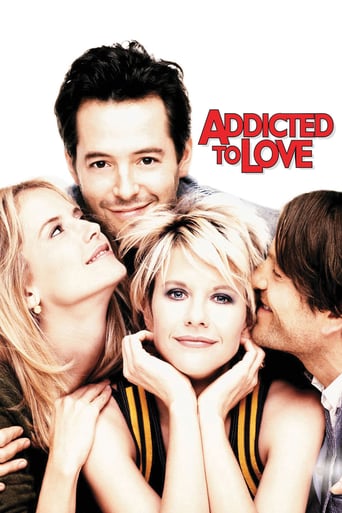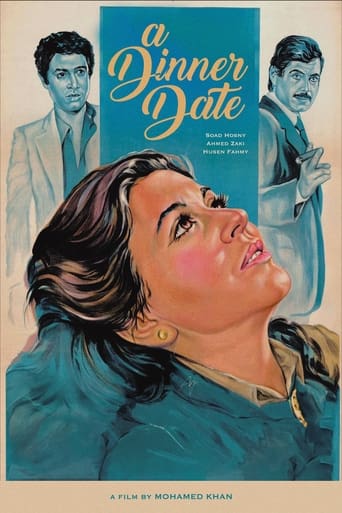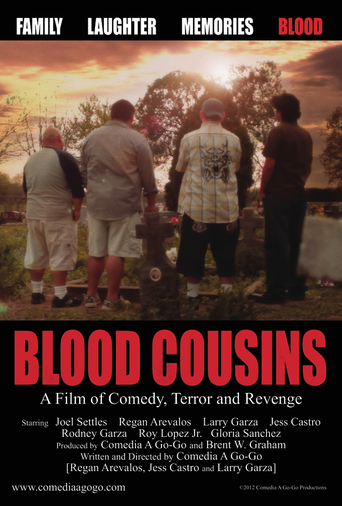
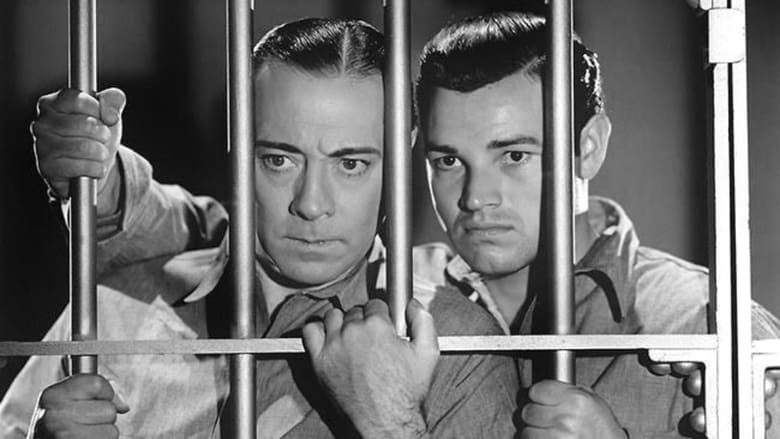
They All Come Out (1939)
A down on his luck young man stumbles into a gang of robbers who all get landed in prison. Will he be reformed, or is he ensnared into a life of crime?
Watch Trailer
Cast
Similar titles


Reviews
Pretty Good
Beautiful, moving film.
It's the kind of movie you'll want to see a second time with someone who hasn't seen it yet, to remember what it was like to watch it for the first time.
The story, direction, characters, and writing/dialogue is akin to taking a tranquilizer shot to the neck, but everything else was so well done.
This was on TCM for the first time in years the other day, and at first I was surprised at how much it seemed like a documentary - specifically one of the "Crime Does Not Pay" shorts MGM did. Actually, it started out that way and Louis Mayer liked it so much he asked that it be expanded into a feature film. Tom Neal stars as Joe Cameron, made an unemployable vagrant by a wounded hand that made him unfit for manual labor and with him not knowing a trade, on the road he went, often picked up by the police for not having a dollar. Hungry, he orders a big meal at a diner that he knows he can't pay for and is bailed out of his troubles by gun moll Kitty Carson (Rita Johnson). This is how he winds up entangled with Reno Madigan's gang, with the job of driving for them whenever they pull jobs. At first they live it up, but they are eventually captured. But not before Reno and Joe hide 33K in stolen loot but do not tell the others about it. The rest of the film is about how the federal prison system treats each one of the gang - even operating on Joe's hand and teaching him a trade. The lesson seems to be that the feds know who is redeemable and who isn't, and if you're not it's off to "The Rock" - Alcatraz. Before their capture, Joe and Kitty seem to have an understated romance going, and during their imprisonment they are allowed to write letters where this romance seems to blossom. But against them when they get out is their record, local papers looking for sensational stories, and then there is still Reno inside prison expecting Joe to help spring him with the 33K they hid. And Reno has friends on the outside. I doubt that the federal prison system was ever that good, and even if it was, I doubt a prison psychiatrist could just talk a seemingly crazy man out of believing he had women in his pockets and cure him with talk alone. imdb currently rates this as a 6/10, but knowing its roots as a short/documentary, I'd give it a 7/10. The leads give real depth to their rather rushed performances, and it is an interesting tale.
Copyright 11 July 1939 by Loew's Inc. An M-G-M picture. New York opening at Loew's Criterion: 2 August 1939. U.S. release: 14 July 1939. Australian release: Not recorded. 70 minutes.SYNOPSIS: Gangsters try to prevent an ex-convict going straight. NOTES: Made with the active collaboration and approval of the United States Department of Justice, with scenes photographed inside federal prisons at Alcatraz, Atlanta, Springfield, Chillicothe.Originally made as a 2-reel short subject in M-G-M's "Crime Does Not Pay" series, They All Come Out was expanded to 4 reels and then to 7 because of Louis B. Mayer's interest in the project (and the fact that it had such powerful government support and co-operation). "It's too good for 4 reels," Mayer is quoted as saying; "so let's make it 7!"COMMENT: Director Jacques Tourneur's first feature, this semi-documentary lauding the efficiency of the U.S. prisons system (both in reforming those who want to reform and surprisingly putting out of society's way those prisoners deemed incorrigible) was Tourneur's first U.S. feature. Apparently it was originally intended as a 2-reeler and gradually grew like Topsy. All the same, despite a great many scenes of self-congratulatory paper-shuffling (yes, paper-shuffling, it's one of the few movies that presents bureaucracy in action in great detail, which itself is actually rather interesting), the scriptwriter presents us with a well-rounded assortment of characters that maintain audience interest and/or sympathy. Attractively photographed, Rita Johnson comes across well as the reformed moll, and if Tom Neal seems a little too eager-beaver as the reformed hero he does share a nicely atmospheric, superbly photographed and sharply edited run-in with gangster Paul Fix ("I don't mind doing Reno a favor if there's something in it for me.") at the climax. Bernard Nedell is thoroughly convincing as the don't-let-them-make-a-sucker-out-of-you incorrigible, and there's even sizable parts for not-overbright but eager to reform Edward Gargan and downright crazy John Gallaudet ("Tell me, these women that you keep finding in your pockets, are they pygmies or regular-sized?" - "Both."). Real locations add to the film's authenticity in a movie that despite the co-operation and endorsement of the prisons system pulls only two major punches (there's no hint of overcrowding or sub-standard conditions, but the scenes on Alcatraz are absolutely terrifying all the same; and of course there's no such animals as corrupt prison officers). Tourneur directs with confidence and a sure hand, keeping the interesting documentary flavor yet using angles and compositions that are dramatically effective and even an occasional burst of dazzlingly fluid camerawork (very suitable for the upbeat conclusion). All in all, this is a B-feature that is well worth a look.
"They all came out" is the first feature film made by Jacques Tourneur in US, after a series of short features directed for MGM in the 1930s.In fact this one too first was conceived to be a short documentary about federal prisons. In his interview given in 1964 to Simon Mizrahi, Tourneur describes complicated story of the making of the movie. First director went to Washington where he visited different prisons in order to film documentary. When the short film was ready, Louis B. Mayer saw it and asked Tourneur to add more 20 minutes of footage and turn it into something of a half-feature, as an experiment. At this time Tourneur in cooperation with John Higgins wrote a story, which became the story of the film, about a young man that goes out of jail and tries to re-enter normal life while his former friends prepare to commit another crime and drag him along. Tourneur filmed it and showed it to L. B. Mayer again, who end up liking it and asking director to add 1/2 hour more and turn it into feature film. Tourneur and Higgins had to put all their imagination to work in order to invent some new scenes and make movie longer. After seeing the film it was virtually impossible to understand that it went through these three stages in it´s making unless you knew all about it before. Quite an interesting early work from Jacques Tourneur, worth seeing for addicted movie buff only. 7/10
The usual misunderstanding-paves-way-for-embarrassing-situations plot is backed by Tom Keane's everyman and a marvelous supporting cast. The pace is brisk. The chemistry is fine. Charles Lane has a standout bit as a psychiatrist. Some intriguingly shadowy camera work makes the suspense part of this comedy more interesting than most.

